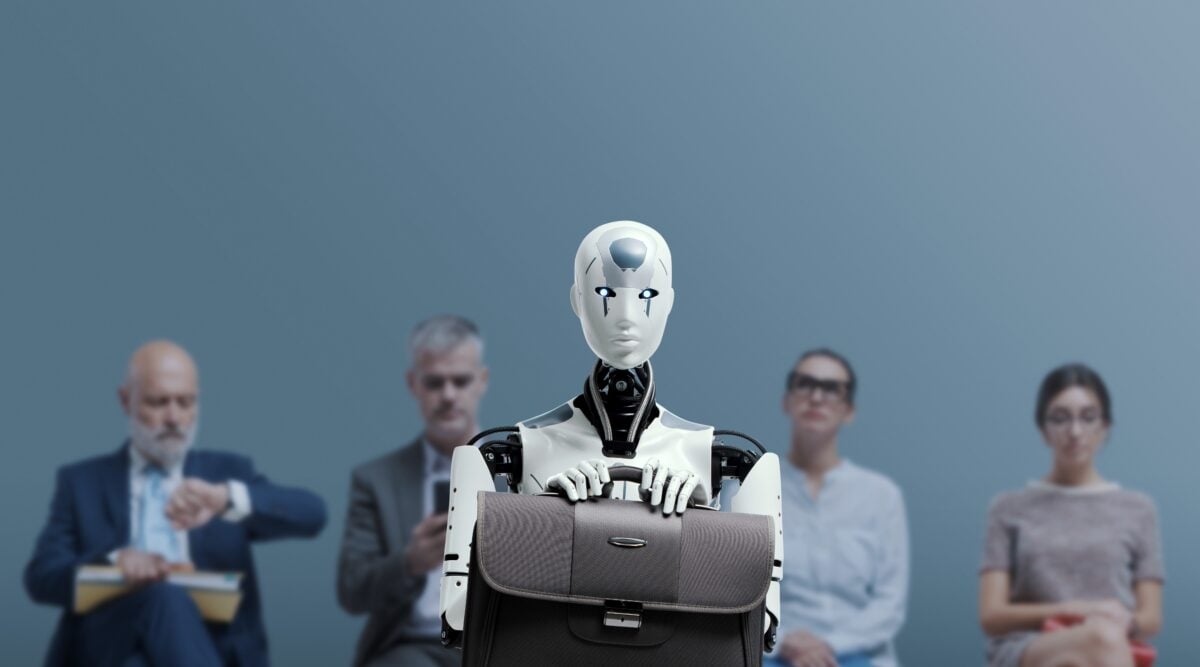TLDRs;
Contents
- Corporate leaders at JPMorgan, Amazon, and Ford are now openly predicting major job cuts due to AI.
- AI-driven automation is expected to heavily impact entry-level and white-collar roles in the next five years.
- Historical patterns show disruption often triggers job evolution, but executives are focusing on immediate risks.
- Displacement will affect demographics unevenly, with women and less-educated workers most at risk.
Top executives at major U.S. firms are sounding alarms over the disruptive potential of artificial intelligence on the workforce, with forecasts pointing to sharp reductions in white-collar employment.
The public warnings, made over the past few months, represent a stark shift from the previously restrained tone many corporate leaders had adopted when discussing automation’s impact on jobs.
JPMorgan’s consumer banking head, Marianne Lake, recently projected a 10% workforce reduction due to AI advances. The forecast, delivered during the company’s annual investor day, reflects a growing acceptance among industry leaders that artificial intelligence will soon force a dramatic rethinking of organizational structures and staffing needs.
At Amazon, CEO Andy Jassy described AI as a “once-in-a-lifetime” technological transformation that could lead to a leaner workforce. His statement adds to a growing chorus of voices acknowledging that the next wave of automation is unlikely to spare even highly-skilled roles, particularly in administrative and knowledge-based professions.
Ford and Anthropic Sound More Alarming Forecasts
Ford CEO Jim Farley offered perhaps the most blunt assessment yet, suggesting that half of all white-collar jobs in the U.S. could be replaced by AI in the near future. Meanwhile, Dario Amodei, the CEO of AI firm Anthropic, warned that up to 50% of entry-level positions could vanish within five years, potentially pushing unemployment levels as high as 20%.
These predictions stand in stark contrast to earlier, more cautious takes from the same executives. For years, firms reassured stakeholders that AI would enhance productivity without necessarily replacing workers. But as the technology continues to mature rapidly, public-facing assessments have grown bolder, with some companies now appearing to brace investors and the public for large-scale restructuring.
Historical Patterns and Methodological Uncertainty
The concerns expressed by today’s executives echo historical patterns of anxiety during major technological shifts. From Queen Elizabeth I rejecting a patent to protect textile workers in the 16th century to protests against sewing machines and grain elevators in the 19th century, job loss fears have consistently accompanied innovation. While those disruptions often led to new kinds of employment in the long term, the immediate social and economic effects were real and sometimes severe.
Complicating the picture, estimates of AI-related job losses vary widely. Some studies, like the widely cited Oxford report, project up to 47% of jobs at risk of automation, while others, including a more conservative OECD analysis, suggest only 9% may be eliminated. These discrepancies often stem from differing research models and assumptions, underscoring the challenge of predicting outcomes with certainty.
Who’s Most at Risk in the AI Shake-Up?
While executives warn of job losses in broad terms, data shows the impact will not be evenly distributed. Women, for instance, hold a higher proportion of jobs exposed to automation risk in the U.S. workforce, while workers without advanced degrees face greater barriers to transitioning into newly created AI roles.
At the same time, professionals with AI skills already enjoy significant wage premiums, widening existing gaps in the labor market.
In reality, most U.S. jobs may not vanish entirely but instead evolve, with 80% of workers expected to have at least 10% of their tasks influenced by AI tools. This highlights a more nuanced challenge, preparing for widespread task transformation, not just job elimination.


